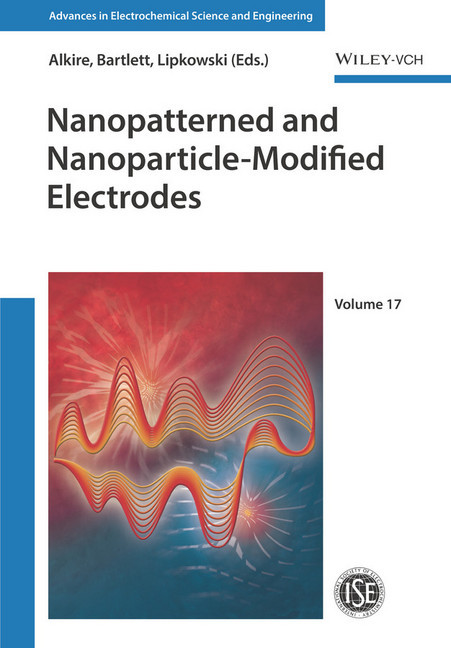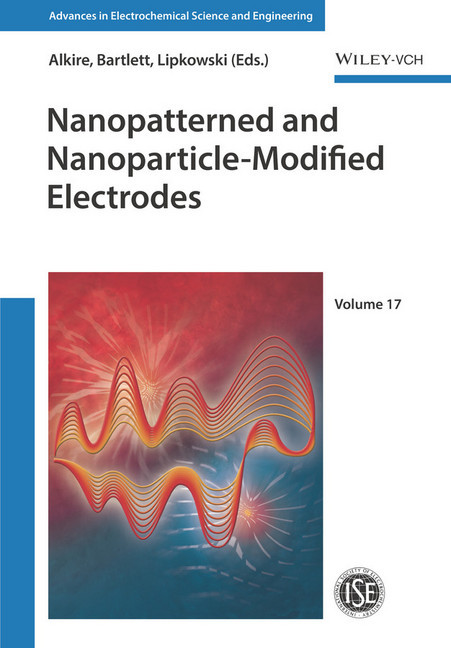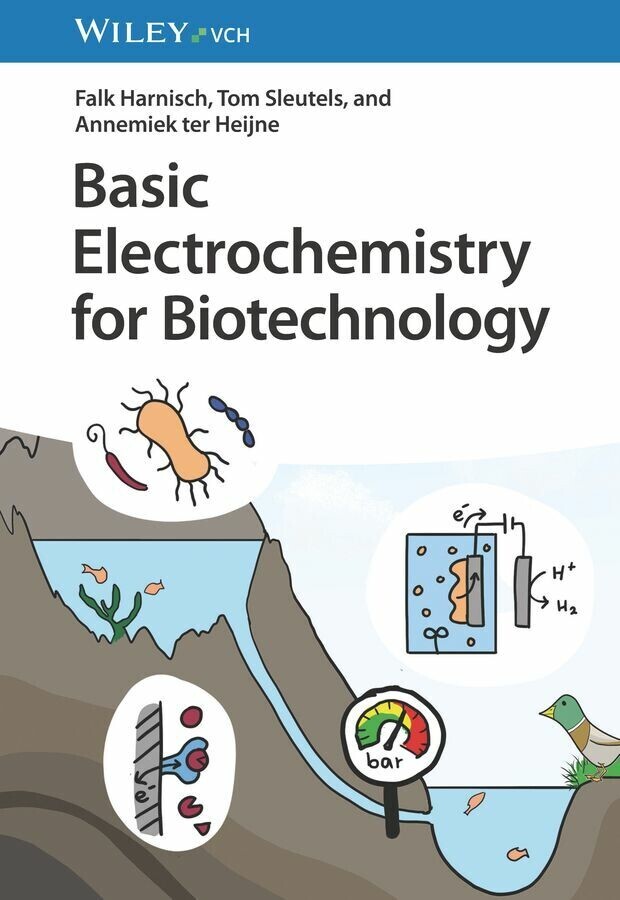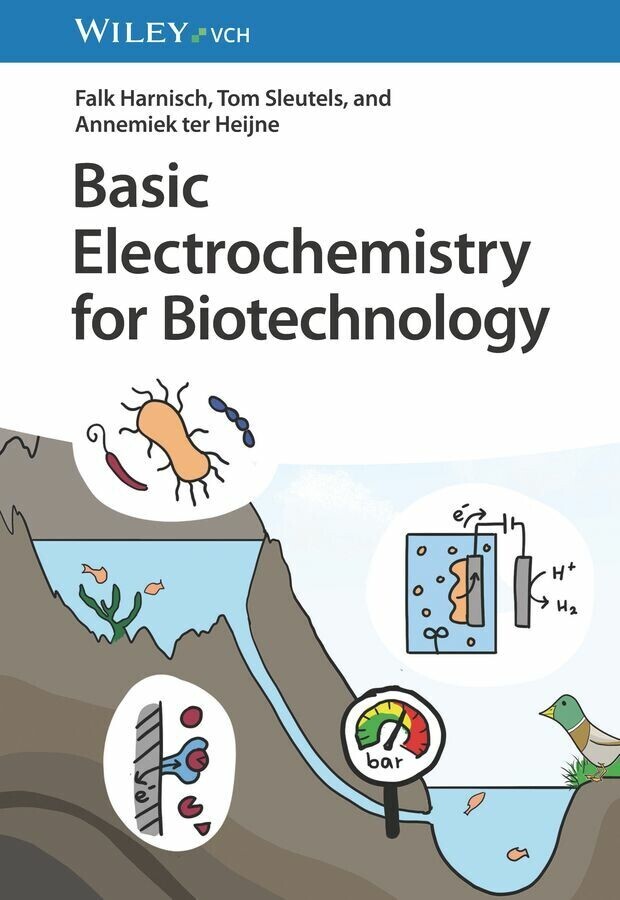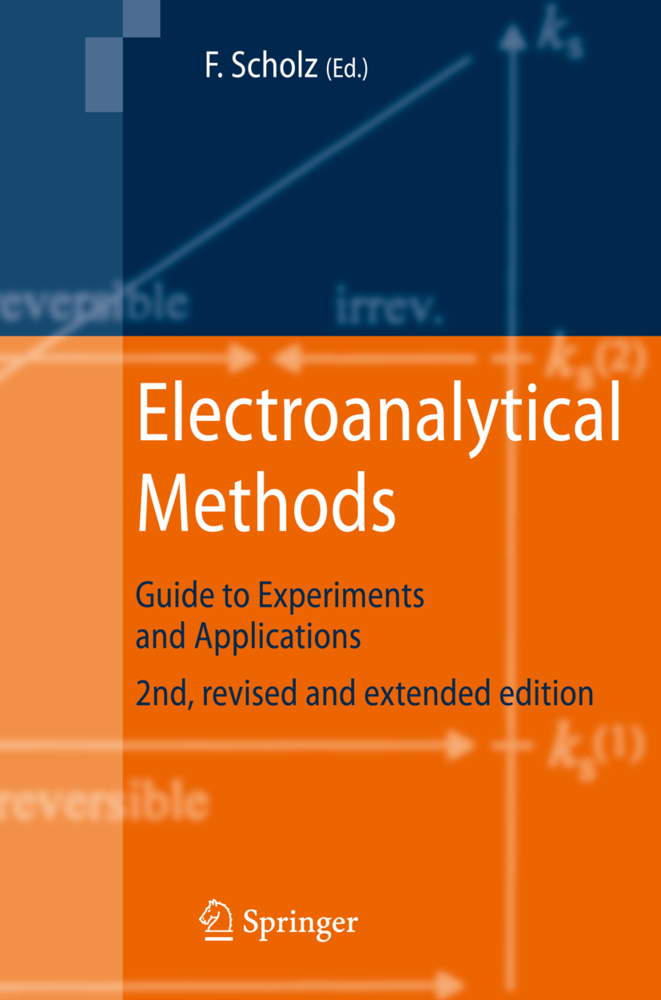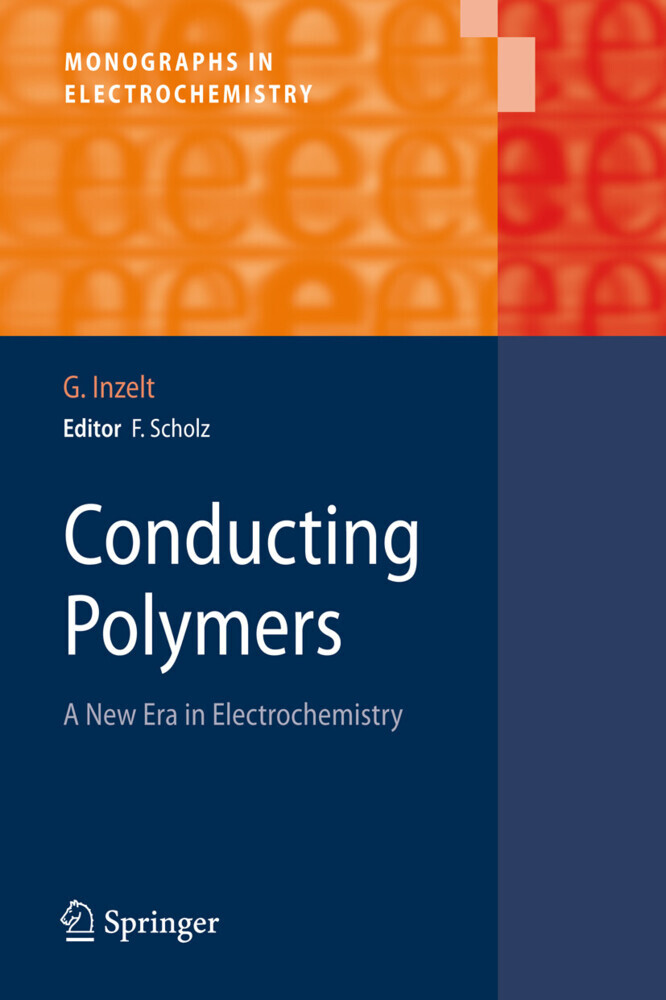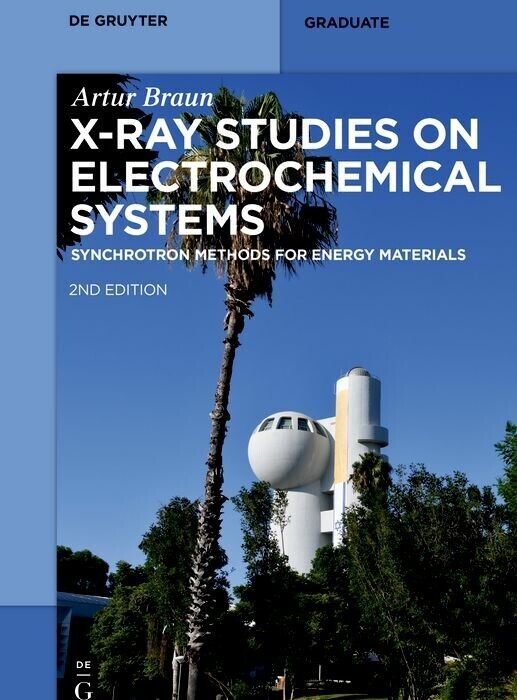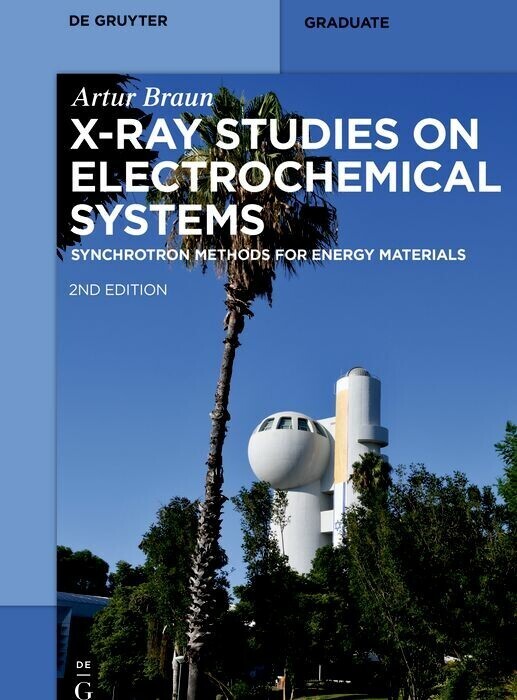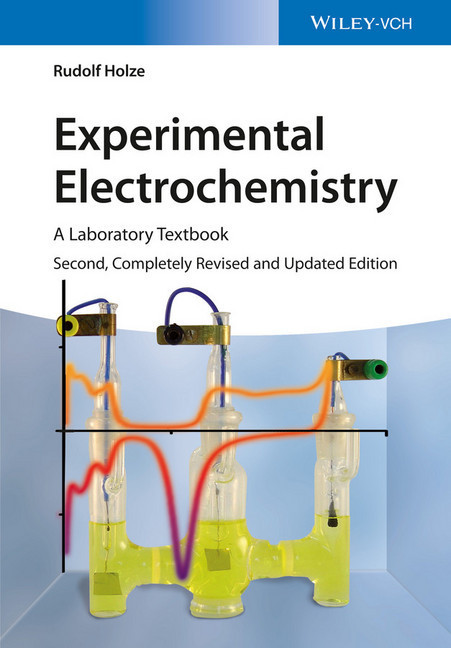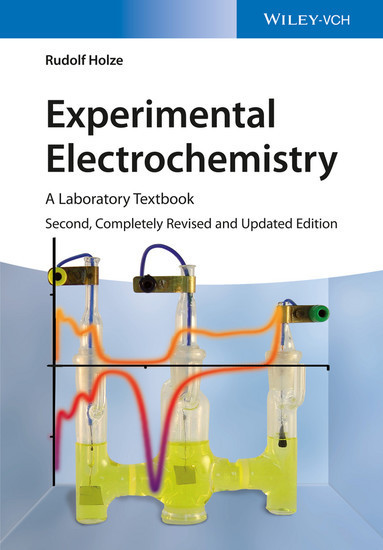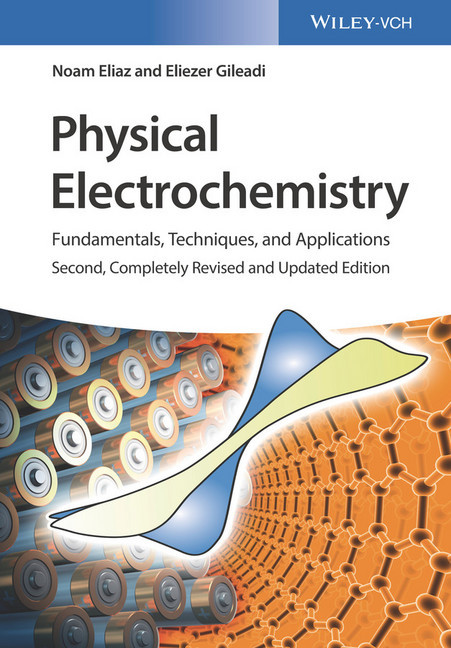Nanopatterned and Nanoparticle-Modified Electrodes
As such it covers nanopatterned and nanoparticle-modified electrodes for analytical detection, surface spectroscopy, electrocatalysis and a fundamental understanding of the relation between the electrode structure and its function.
Written by a group of international experts, this is a valuable resource for researchers working in such fields as electrochemistry, materials science, spectroscopy, analytical and medicinal chemistry.
Richard C. Alkire is Professor Emeritus of Chemical & Biomolecular Engineering Charles and Dorothy Prizer Chair at the University of Illinois, Urbana, USA. He obtained his degrees at Lafayette College and University of California at Berkeley. He has received numerous prizes, including Vittorio de Nora Award and Lifetime National Associate award from National Academy.
Philip N. Bartlett is Head of the Electrochemistry Section, Deputy Head of Chemistry for Strategy, and Associate Dean for Enterprise in the Faculty of Natural and Environmental Sciences at the University of Southampton. He received his PhD from Imperial College London and was a Lecturer at the University of Warwick and a Professor for Physical Chemistry at the University of Bath, before moving to his current position. His research interests include bioelectrochemistry, nanostructured materials, and chemical sensors.
Jacek Lipkowski is Professor at the Department of Chemistry and Biochemistry at the University of Guelph, Canada. His research interests focus on surface analysis and interfacial electrochemistry. He has authored over 120 publications and is a member of several societies, including a Fellow of the International Society of Electrochemistry.
1;Cover;1 2;Title Page;5 3;Copyright;6 4;Contents;7 5;List of Contributors;13 6;Series Preface;19 7;Preface;21 8;Chapter 1 Surface Electrochemistry with Pt Single-Crystal Electrodes;23 8.1;1.1 Introduction;23 8.2;1.2 Concepts of Surface Crystallography;24 8.3;1.3 Preparation of Single-Crystal and Well-Oriented Surfaces;31 8.4;1.4 Understanding the Voltammetry of Platinum;35 8.4.1;1.4.1 CO Charge Displacement Experiment;37 8.4.2;1.4.2 Stepped Surfaces;40 8.5;1.5 Potential of Zero Charge of Platinum Single Crystals;46 8.5.1;1.5.1 Total Charge Curves in Coulometric Analysis;51 8.5.2;1.5.2 Model for the Estimation of the Potential of Zero Free Charge;54 8.5.3;1.5.3 Applications of Electrocapillary Equation;54 8.6;1.6 The Laser-Induced Temperature Jump Method and the Potential of Maximum Entropy;56 8.7;1.7 Electrocatalytic Studies with Single-Crystal Electrodes;62 8.7.1;1.7.1 Carbon Monoxide on Platinum;62 8.7.2;1.7.2 Oxygen Reduction;65 8.8;1.8 Concluding Remarks;69 8.9;Acknowledgments;71 8.10;References;71 9;Chapter 2 Electrochemically Shape-Controlled Nanoparticles;81 9.1;2.1 Introduction;81 9.2;2.2 Metal Nanoparticles of High-Index Facets and High Surface Energy;82 9.2.1;2.2.1 NPs of {hk0} High-Index Facets;83 9.2.2;2.2.2 NPs of {hkk} High-Index Facets;88 9.2.3;2.2.3 NPs of {hhl} High-Index Facets;88 9.2.4;2.2.4 NPs of {hkl} High-Index Facets;91 9.2.5;2.2.5 Electrochemistry-Mediated Shape Evolution;93 9.2.6;2.2.6 Electrochemical Milling and Faceting;94 9.3;2.3 Metallic Alloy Nanoparticles of High-Index Facets and High Surface Energy;95 9.3.1;2.3.1 Pd-Pt Alloy NPs;96 9.3.2;2.3.2 Pt-Rh Alloy NPs;98 9.3.3;2.3.3 Fe-Ni Alloy NPs;99 9.4;2.4 Metal Nanoparticles of Low-Index Facets;101 9.4.1;2.4.1 Fe NPs with High Surface Energy;101 9.4.2;2.4.2 Cu NPs;103 9.4.3;2.4.3 Pt NPs;105 9.5;2.5 Nanoparticles of Metal Oxides and Chalcogenides;106 9.5.1;2.5.1 Cuprous Oxide;106 9.5.2;2.5.2 Lead Sulfide;111 9.6;2.6 Summary and Perspectives;112 9.7;Acknowledgment;113 9.8;References;113 10;Chapter 3 Direct Growth of One-, Two-, and Three-Dimensional Nanostructured Materials at Electrode Surfaces;119 10.1;3.1 Introduction;119 10.2;3.2 Growth of 1D Nanomaterials;120 10.3;3.3 Nanowires;120 10.3.1;3.3.1 Formation of Na2Ti6O13, H2Ti3O7, and TiO2 Nanowires;121 10.3.2;3.3.2 Synthesis of Various Nanowires Using Porous Anodic Alumina (PAA) Templates;126 10.3.3;3.3.3 TiO2 Nanowires through Thermal Oxidation Treatment;128 10.4;3.4 Nanorods;130 10.4.1;3.4.1 Effect of Oxygen Source on the Formation of Titanium Oxide Films;132 10.5;3.5 Nanotubes;135 10.5.1;3.5.1 Nanotube Growth Control;138 10.5.2;3.5.2 Modification of TiO2 Nanotubes;141 10.6;3.6 Direct Growth of Two-Dimensional Nanomaterials;143 10.6.1;3.6.1 Nanoplates;143 10.6.2;3.6.2 Graphene Oxide Nanosheets;148 10.7;3.7 Growth of Three-Dimensional Nanomaterials;150 10.7.1;3.7.1 Nanodendrites;150 10.7.2;3.7.2 Nanoflowers;152 10.8;3.8 Summary;157 10.9;Acknowledgments;158 10.10;References;158 11;Chapter 4 One-Dimensional Pt Nanostructures for Polymer Electrolyte Membrane Fuel Cells;167 11.1;4.1 Introduction;167 11.2;4.2 Shape-Controlled Synthesis of 1D Pt Nanostructures;168 11.2.1;4.2.1 1D Pt Nanowires/Nanorod and Nanotubes;170 11.3;4.3 1D Pt-Based Nanostructures as Electrocatalysts for PEM Fuel Cells;198 11.3.1;4.3.1 Reaction Mechanisms for PEMFCs;198 11.3.2;4.3.2 Cathode Catalysts for ORR in DHFC;198 11.3.3;4.3.3 Anode Catalysts for MOR in DMFC;203 11.3.4;4.3.4 Anode Catalysts for FAOR in Direct Formic Acid Fuel Cell (DFAFC);207 11.4;4.4 Conclusions and Outlook;211 11.5;References;212 12;Chapter 5 Investigations of Capping Agent Adsorption for Metal Nanoparticle Stabilization and the Formation of Anisotropic Gold Nanocrystals;221 12.1;5.1 Introduction and Scope;221 12.2;5.2 The Multifunctional Role of Nanoparticle Capping Agents;221 12.3;5.3 Controlled Growth of Anisotropic Nanoparticle;223 12.4;5.4 Measuring Capping Agent Adsorption;224 12.5;5.5 Experimental Techniques;225 12.5.1;5.5.1 Single-Crystal Gold Elec
Alkire, Richard C.
Bartlett, Phil N.
Lipkowski, Jacek
| ISBN | 9783527340965 |
|---|---|
| Artikelnummer | 9783527340965 |
| Medientyp | E-Book - PDF |
| Copyrightjahr | 2017 |
| Verlag | Wiley-VCH |
| Umfang | 432 Seiten |
| Sprache | Englisch |
| Kopierschutz | Adobe DRM |

